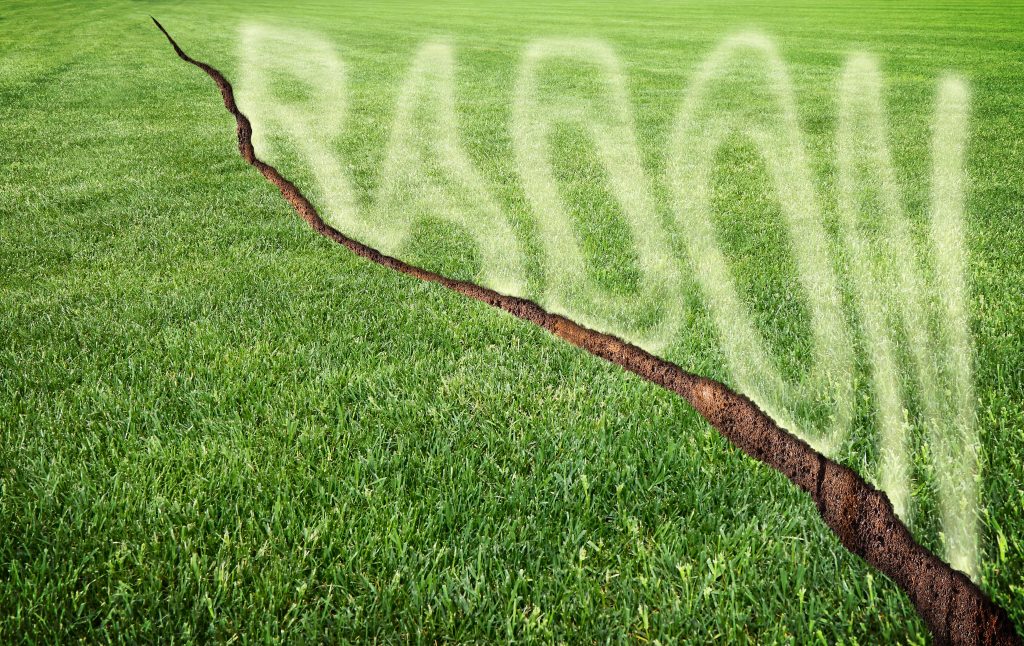Radon is a dangerous gas responsible for approximately 15,000 to 22,000 lung cancer deaths every year. Dubbed as the silent killer in homes, radon cannot be seen, felt, or smelled. Homeowners then go unaware, completely oblivious to the fact that their “home sweet home” is already a hotbed for deadly diseases.
To protect your family, what you need are professionals who can test the presence of radon and reduce the possibility of the gas seeping into your home. But how does this gas get into your house in the first place?
How Radon Enters the Home
When uranium decays in the soil, it turns into radium. Once radium breaks down, it becomes radon. As its nature is gas, it emerges from the soil and becomes part of the air. And this is where the problem starts: Radon moves not into the open air, but in places where there’s low pressure, which is (unfortunately) inside homes. It seeps into the tiny crevices — in cracks of the floors, pipe openings, or wires that aren’t sealed.
Once the gas gets inside the property, it’s trapped and would build up over time, putting the health of the residents at risk. It’s reported that radon levels are much higher in the winter than summer since homes tend to have reduced air ventilation with windows and doors closed.

The Health Effects of Radon
According to the U.S. Environmental Protection Agency (EPA) and the World Health Organization (WHO), radon is one of the leading causes of lung cancer among non-smokers. In fact, about 2,900 deaths occur each year in those who don’t smoke at all.
If you’ve never smoked and your house has a radon level of 0.4 to 20 pCi/L (for instance), then you might want to fix your home as soon as possible. Doing so could save you from inhaling radioactive, cancer-causing particles that could attack the cells in your lungs.
If you smoke and is exposed to radon for a long period, either in your home or workplace, you could be at a higher risk. In short, that’s like saying you don’t care about yourself at all and would truly want to get sick.
What You Should Do
To prevent health problems caused by gas exposure, the first step is radon testing. What Aerolite Consulting and other Utah mitigation experts do is to place a tool in the lowest living space of the house to measure gas levels. This could take days or months. Then the sample will be sent to the lab for interpretation.
The amount of radon present is measured in picocuries. If the gas level in your house is higher than 4 picocuries or 4 pCi/L, you need to take urgent action in reducing the amount of radon in your home. A certified contractor is what you need here, as they have the special equipment to safely remove radon.
Radon is a deadly gas that could be lurking inside your home. Don’t let the health of your family be compromised. Create a radon-free home.

